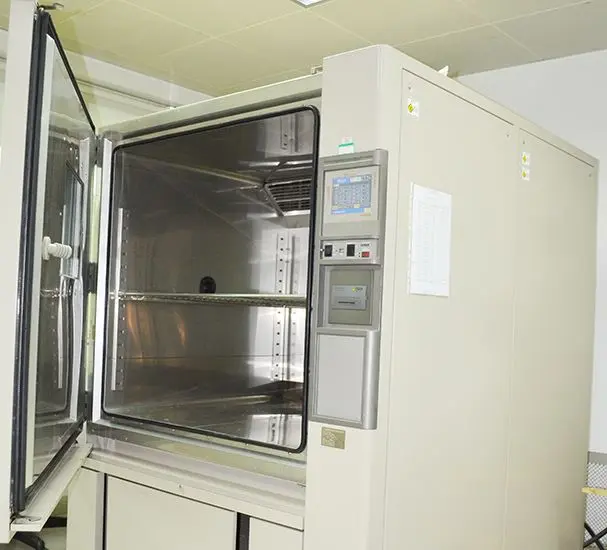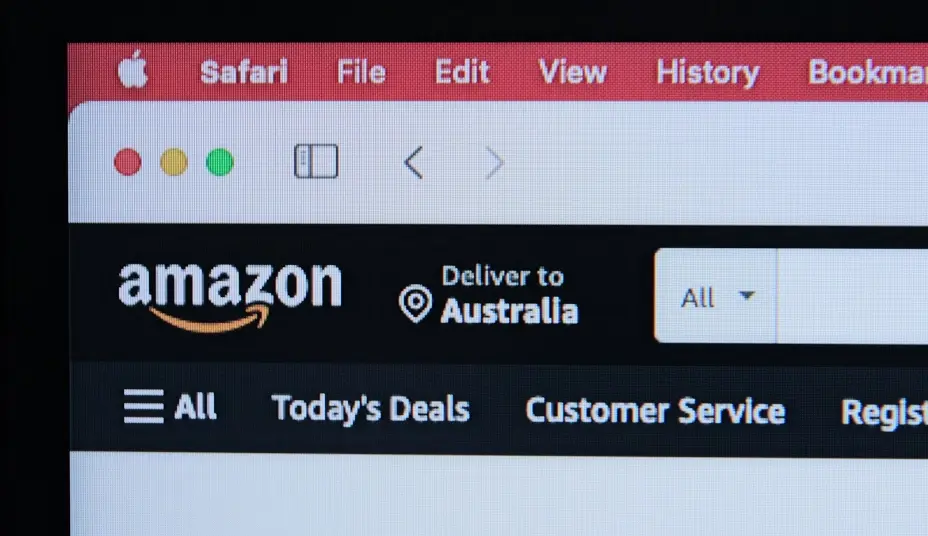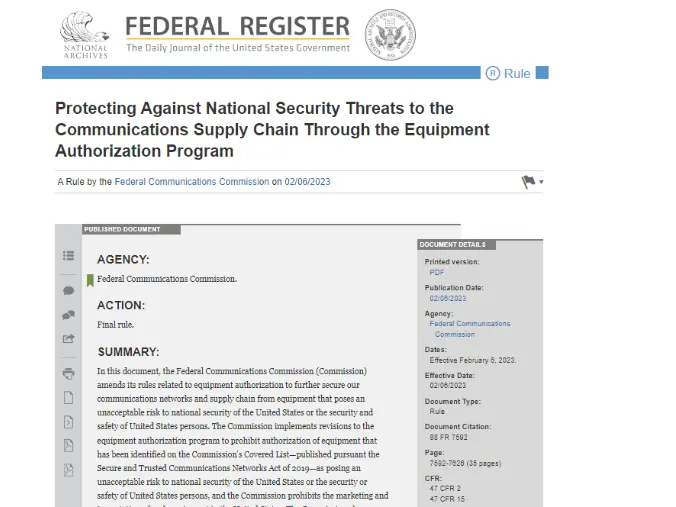
Is a REACH Certificate Mandatory?
In some cases, reach compliance is mandatory. REACH is a regULation, not a certification.It is the European Union’s regulation on the Registration, Evaluation, Authorisation, and Restriction of CheMICals, aimed at protecting human health and environmental safety while improving transparency in the use of chemicals.

The main requirement of REACH is to prove that consumer products do not contain harmful substances. Therefore, any consumer products manufactuRED in or imported into the EU — particularly textiles— must undergo registration, inspection, and approval for hazardous chemical content. If the level of harmful substances exceeds the set limits, the products cannot be sold on the EU market.
Is reach certification Mandatory?
What we usually refer to as "reach testing" primarily concerns restrictions and the testing of SVHC (Substances of Very High Concern). Currently, the reach regulation lists 174 SVHC substances.
Strictly speaking, REACH testing itself is not mandatory. However, because so many hazardous substances are regulated, EU customers typically require exporters to provide a reach test reportbefore accepting products.
Specific REACH-Related Situations
- SVHC Substances: For products containing SVHCs in concentrations above 0.1%, companies must submit information to the SCIP databasemanaged by the European Chemicals Agency (ECHA).
- Articles or Complex Objects: Under the Waste Framework Directive, the SCIP database requires information on candidate list substances in products, ensuring traceability and safety throughout their entire lifecycle.
- Special Cases: While REACH registration is not always mandatory, companies failing to comply with REACH regulations may face restrictions, including being prohibited from placing their chemical products on the EU market.
Email:hello@jjrlab.com
Write your message here and send it to us
 What are ASTM F963 and CPSIA?
What are ASTM F963 and CPSIA?
 Comparison of ASTM F963 and EN 71
Comparison of ASTM F963 and EN 71
 How to get CSA C22.2 NO.256:14 Test Report?
How to get CSA C22.2 NO.256:14 Test Report?
 How much is the ISTA Amazon Packaging & Shippi
How much is the ISTA Amazon Packaging & Shippi
 Amazon Product Laboratory Testing Requirements
Amazon Product Laboratory Testing Requirements
 How to Get EPA Certificatio
How to Get EPA Certificatio
 What is EPA Certification in the United States?
What is EPA Certification in the United States?
 What is an FCC Registered Agent?
What is an FCC Registered Agent?
Leave us a message
24-hour online customer service at any time to respond, so that you worry!




